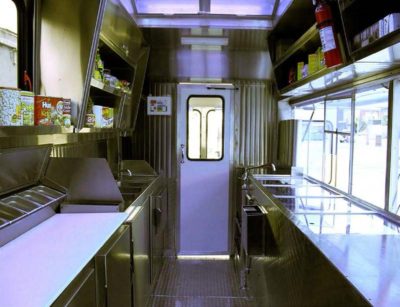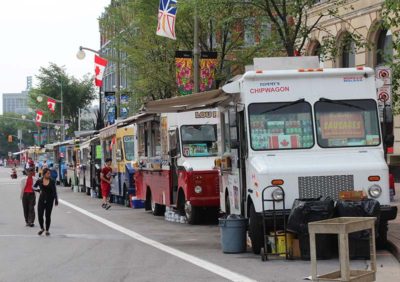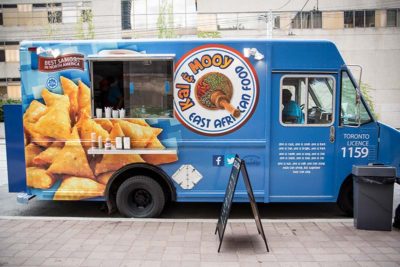Feature: Food Truck Movement Gaining Momentum
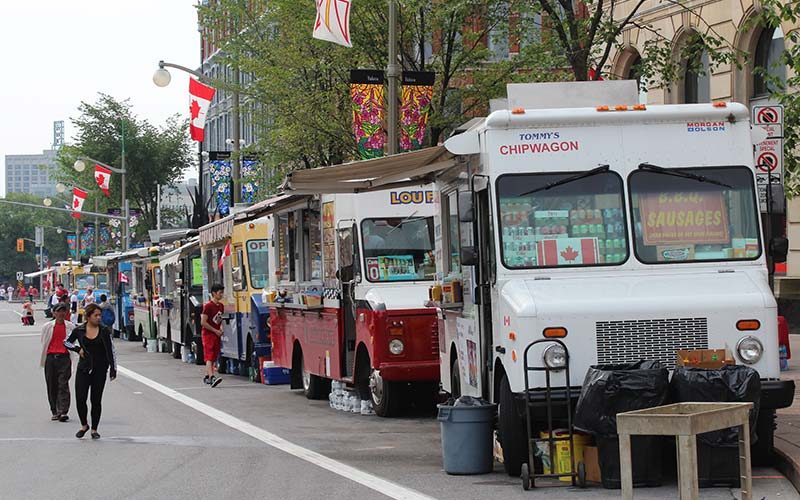
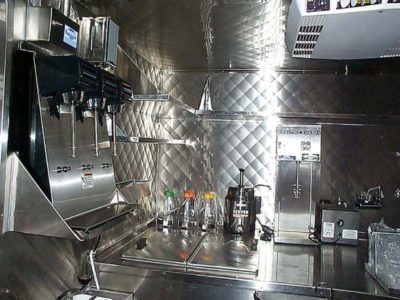
There is no one defining element of Canadian cuisine. To outsiders, maple syrup and poutine often come to mind; maybe tourtière or beaver tails to the few who get out a little more. But to those who are actually familiar with Canada’s food scene, they know it to be an incredibly rich and varied place. It has developed over the years by taking a little from every culture that has crossed its path. Waves of immigration, colonial influences, and the local traditions of indigenous peoples have all contributed to a national food culture that is as diverse as its citizens. And with the food truck industry now an expanding part of that landscape, the culturally-blended cuisine of Canada is officially on the move. And taking that show on the road means a whole new realm of aftermarket potential.
To Each Their Own
It might surprise some to hear that food trucks are uniquely qualified to present such diverse culinary perspectives. To so many people, they simply represent cheap and unhealthy takeaway food. But the climate is changing and many hopeful entrepreneurs see a blank canvas for high-class chow at working-class prices.
For owners, food trucks provide a certain level of flexibility. The ability to easily pick up and move to another location, combined with savvy social media targeting, can allow for some pretty niche cuisines to gain a popularity they might not acquire through a traditional brick-and-mortar restaurant. Similarly, the lower start-up and overhead costs can be serious eye-candy to a young professional looking to sell something as unique as burrito-sized sushi rolls.
Don’t be fooled though—this is not an easy business. Nor does it mean that these rigs aren’t still a huge investment for aspiring small business owners. Additionally, with cities limiting the number of permits available, and places like Montreal enacting some serious regulations, the profession can be pretty sink or swim.
But one thing’s for certain: this market has style. While many of Canada’s best restaurants can rely on a certain “Build it and they will come” attitude, food trucks are operating on a tighter budget in a fraction of the space. That means a smaller staff, smaller menu, and smaller appliances. Many owners have opted to grab the bull by the horns by retrofitting old utility vehicles, spiced up with bright custom wraps and decals. Sure, ordering a food cart hot dog has a certain old-school endearment to it. But a pulled pork carnita-filled taco purchased from a vintage school bus that looks like a giant green gecko? Well, that’s Instagram-worthy.

While used models or clever retro-fittings can be cost-effective and eye-popping, anyone who has ever discovered they unwittingly purchased a lemon will tell you that there are real benefits to buying new. Most food trucks are held to the same sanitation and regulatory standards as static restaurants. That means elements like three-bay sinks, fire safety equipment, proper refrigeration, and ventilation hoods may need to be squeezed into an interior around eight square metres (or less). Add to that things like water and propane tanks, a deep fryer, an electrical box, installation panels, a back-up generator, proper plumbing, a service-bay window, awnings… you get the point.
A fully-customized, up-to-code, never-before-been-used food truck built by industry professionals starts to look pretty attractive. But prospective entrepreneurs could be looking at an investment as high as $200,000, depending on the city. Most buyers opt for something mid-range, $50,000 – $90,000, and try to do much of the work themselves.
When in Doubt, Call on the Aftermarket and Specialty Shops
But DIYing only goes so far, right? The foodies tend to reach out to aftermarket shops for the can’t-afford-to-screw-this-up portions of a build, or when they encounter a task outside their skill set. Similarly, if they really want that truck to stand out in a crowd, professional wrapping is the only way to go. In fact, “Research shows that audiences are more readily engaged by mobile media such as fleet graphics and vehicle wraps, compared to traditional outdoor advertising such as static billboards,” wrote The Engine Block.

Well, fear not—Briggs & Stratton Corporation, headquartered in Milwaukee, Wisconsin, has been powering up its clients for more than a century. Today, they are one of the world’s largest producers of aftermarket gasoline engines for outdoor power equipment, as well as a leading designer, manufacturer, and marketer of products like high-quality generators and inverters. So, Briggs & Stratton likely is behind the warmth of those toasty outdoor heaters.
Aside from larger projects like modified water pipes and tanks, engine block heaters, and ceiling-vent ductwork, aftermarket shops can cash in on small sales. Any food truck operator who hopes to survive winter without a costly mishap will need to embrace preventative maintenance. That means having things such as winter tires, de-icer, extra fluids, tire chains, fuel additives, and emergency kits on hand. Low-cost additions like fresh wiper blades and RV curtains can also go a long way toward beating the chill while maintaining mobility.
It Takes Two of a Kind
Ultimately, successful specialty shop owners are the ones who embrace the diversity of the vehicles on the road today. And they also understand a thing or two about being married to a business. Two sentiments their food truck-owning clients share.
Canada has a long history of culinary excellence. Keeping these trucks on the road in tip-top shape ensures the rich and blended tapestry of that cuisine will continue to grow and expand.





